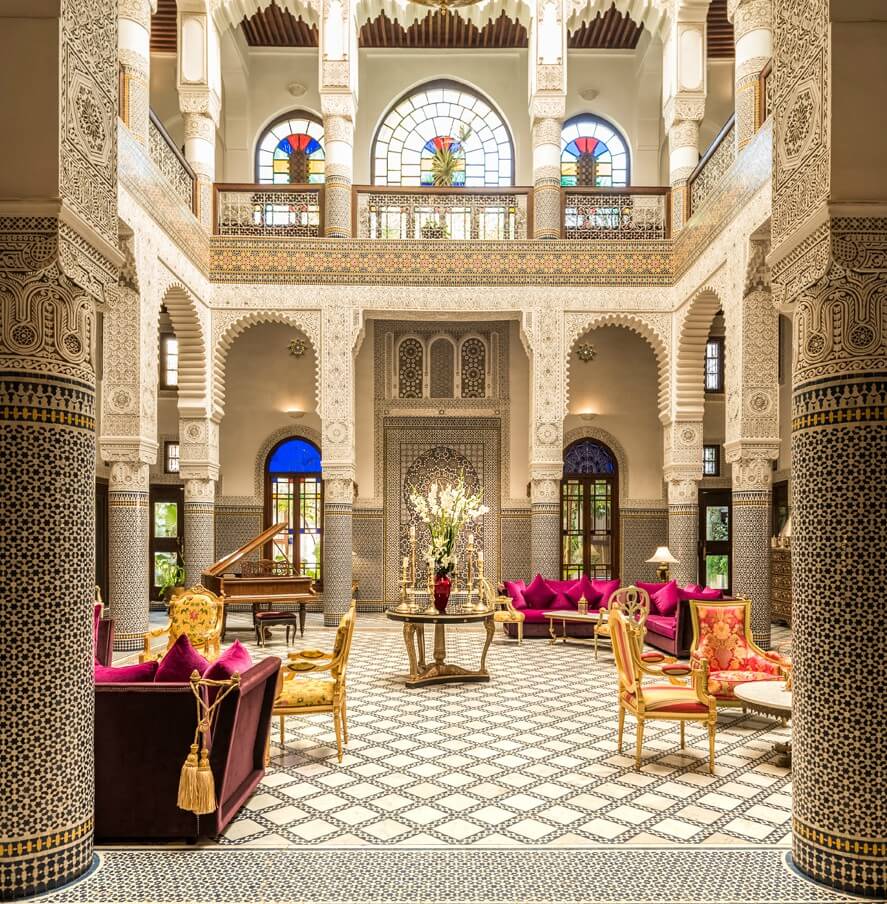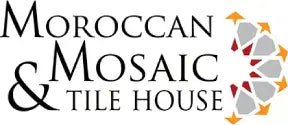The History Behind Moroccan Zellige

Moroccan Zellige tilework is a traditional form of mosaic art that has a rich history dating back centuries. It originated in the city of Fez and is characterized by intricate geometric patterns and vibrant colors. Zellige tiles are typically handmade using clay and are glazed to achieve their unique shine and durability.
In the past, Zellige was primarily used to decorate palaces, and other important buildings throughout Morocco. The intricate patterns and vibrant colors were symbolic of wealth, power, and artistic skill. These tiles were crafted by skilled artisans who passed down their techniques through generations, resulting in a highly revered and culturally significant art form.
In the present day, Moroccan Zellige continues to be valued for its beauty and craftsmanship. It is not only used in traditional settings but has also gained popularity in contemporary interior and exterior design. Designers and architects around the world appreciate the timeless appeal of Zellige tiles, incorporating them into modern spaces to add a touch of Moroccan elegance and heritage.
The revival of interest in traditional crafts and the appreciation for handmade artistry have contributed to the continued relevance of Zellige in today's design landscape. Its ability to blend seamlessly with both traditional and modern aesthetics makes it a versatile and enduring choice for enhancing architectural spaces.
Talk to our Team :Info@mosaicmorocco.com

